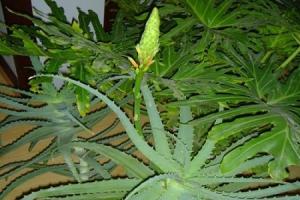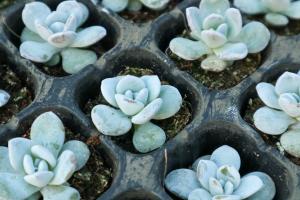Introduction
Lavender is a beautiful plant that is commonly grown for its fragrant flowers, which can be used for a variety of purposes including aromatherapy, cooking, and crafting. However, in order for your lavender plant to thrive, it is important to provide it with the right amount of water. In this article, we will explore the question of how much water your lavender plant needs to stay healthy and vibrant.
Understanding Lavender Plant Needs
Lavender plants are native to the Mediterranean region and are well-adapted to dry, hot climates. As such, they prefer well-draining soil and do not require a lot of water to thrive. In fact, overwatering your lavender plant can be detrimental to its health, as it can lead to root rot and other issues. On the other hand, underwatering can cause the plant to wilt and become stressed, which can also be harmful in the long run.
Factors Influencing Water Needs
There are several factors that can influence how much water your lavender plant needs, including the climate in your region, the type of soil it is planted in, and the size of the plant. In general, lavender plants require more water during the growing season, which typically runs from spring to fall, and less water during the dormant season in winter.
Watering Guidelines
So, how much water does your lavender plant actually need? In general, it is recommended that you water your lavender plant deeply once a week during the growing season, and less frequently in winter. However, it is important to note that the frequency of watering will depend on the specific conditions in your garden, and you should always monitor your lavender plant for signs of overwatering or underwatering.
When watering your lavender plant, it is important to avoid getting the leaves and flowers wet, as this can lead to fungal and other diseases. Instead, aim to water at the base of the plant, where the roots are located. You can also use a drip irrigation system or watering can with a spout to help you water more precisely.
Signs of Overwatering and Underwatering
Overwatering your lavender plant can lead to root rot and other issues, which can be detrimental to the plant's health. Signs of overwatering include yellowing leaves, wilting, and a general lack of vigor. On the other hand, underwatered lavender plants may have leaves that are curled or dry, and they may become stunted in growth.
Tips for Growing Healthy Lavender Plants
In addition to providing your lavender plants with the right amount of water, there are several other things you can do to ensure their health and vitality. These include:
Planting in well-draining soil
Pruning regularly to prevent overgrowth
Fertilizing lightly with a balanced fertilizer
Providing plenty of sunlight and good air circulation
Conclusion
Overall, caring for your lavender plants requires a balance of attention and restraint. By providing your plants with the appropriate amount of water, monitoring their growth for signs of stress or disease, and taking other steps to promote their health, you can enjoy a beautiful and fragrant garden for years to come.

 how many times do yo...
how many times do yo... how many planted tre...
how many planted tre... how many pine trees ...
how many pine trees ... how many pecan trees...
how many pecan trees... how many plants comp...
how many plants comp... how many plants can ...
how many plants can ... how many plants and ...
how many plants and ... how many pepper plan...
how many pepper plan...































